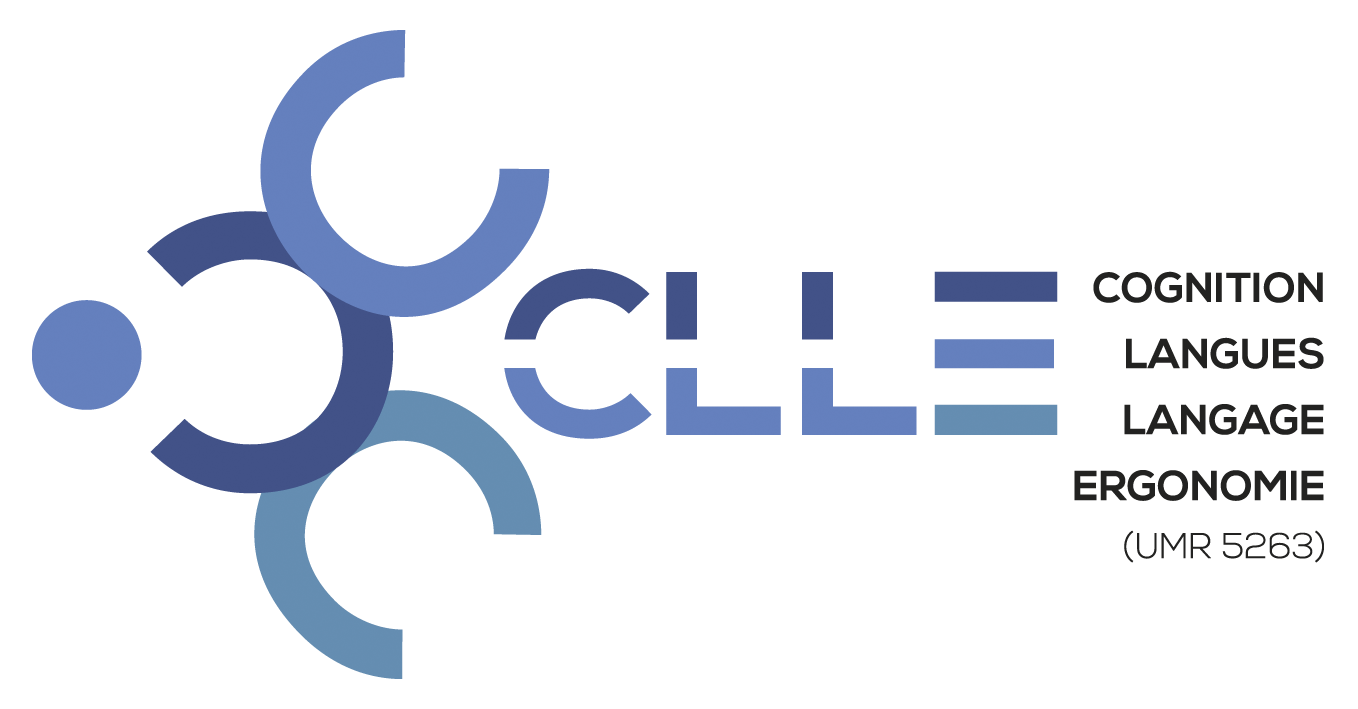-
Partager cette page
Thèse Camille Srour
07 décembre à 9h, salle D31 (MDR) et visioconférence
Titre : The General Theory of Deception: A disruptive theory of lie production, prevention, and detection
Jury :
Astrid HIRSCHELMANN, Professeure, Université de Caen (rapporteure)
Colin TREDOUX, Professeur, Université de Cape Town (rapporteur)
Massip JAUME, Professeur, Université de Salamanca
Samuel DEMARCHI, Maître de conférences, Université de Paris 8
Jacques PY, Professeur, Université Toulouse Jean Jaurès, directeur de thèse
Résumé :
The General Theory of Deception (GTD) aims to unify and complete the various sparse theoretical units that have been proposed in the deception literature to date, in a comprehensive framework fully describing from end to end how and when deceptive messages are produced, and how this can inform more effective prevention and detection.
As part of the elaboration of the theory, the different ways people elaborate deceptive messages were first tracked by the author daily, over 3 years, resulting in the identification, description, and naming of 98 “Elementary Deception Modes” (86 verbal, 12 nonverbal) that can all be combined during one deceptive episode, thus leading to a total estimate of different ways to lie.
Central to the GTD is the "Five Forces Model", explaining precisely at which times deceptive messages occur and what factors compete to determine the types of messages that are most likely to be produced (truthful, refusal to answer, or deceptive – and with which deception modes). Finally, the process by which deceptive messages come to mind and are compared, both against each other and against the option of disclosing the truth, given memory's capacity and time limits, has been described in the form of a dynamic, continuous, and testable algorithm called the “Deception Decision Algorithm” (DDA).
The practical insights derived from this new disruptive theory of lie production are discussed and a theory-based lie prevention and detection enhancement method is introduced. Finally, three series of experiments were carried out to test certain predictions of the theory, in particular the impact of the manipulation of factors within the Five Forces Model on the prevention and enhancement of deception detection, experimentally confirming the main predictions for practical applications of the GTD theory.
Titre : The General Theory of Deception: A disruptive theory of lie production, prevention, and detection
Jury :
Astrid HIRSCHELMANN, Professeure, Université de Caen (rapporteure)
Colin TREDOUX, Professeur, Université de Cape Town (rapporteur)
Massip JAUME, Professeur, Université de Salamanca
Samuel DEMARCHI, Maître de conférences, Université de Paris 8
Jacques PY, Professeur, Université Toulouse Jean Jaurès, directeur de thèse
Résumé :
The General Theory of Deception (GTD) aims to unify and complete the various sparse theoretical units that have been proposed in the deception literature to date, in a comprehensive framework fully describing from end to end how and when deceptive messages are produced, and how this can inform more effective prevention and detection.
As part of the elaboration of the theory, the different ways people elaborate deceptive messages were first tracked by the author daily, over 3 years, resulting in the identification, description, and naming of 98 “Elementary Deception Modes” (86 verbal, 12 nonverbal) that can all be combined during one deceptive episode, thus leading to a total estimate of different ways to lie.
Central to the GTD is the "Five Forces Model", explaining precisely at which times deceptive messages occur and what factors compete to determine the types of messages that are most likely to be produced (truthful, refusal to answer, or deceptive – and with which deception modes). Finally, the process by which deceptive messages come to mind and are compared, both against each other and against the option of disclosing the truth, given memory's capacity and time limits, has been described in the form of a dynamic, continuous, and testable algorithm called the “Deception Decision Algorithm” (DDA).
The practical insights derived from this new disruptive theory of lie production are discussed and a theory-based lie prevention and detection enhancement method is introduced. Finally, three series of experiments were carried out to test certain predictions of the theory, in particular the impact of the manipulation of factors within the Five Forces Model on the prevention and enhancement of deception detection, experimentally confirming the main predictions for practical applications of the GTD theory.





